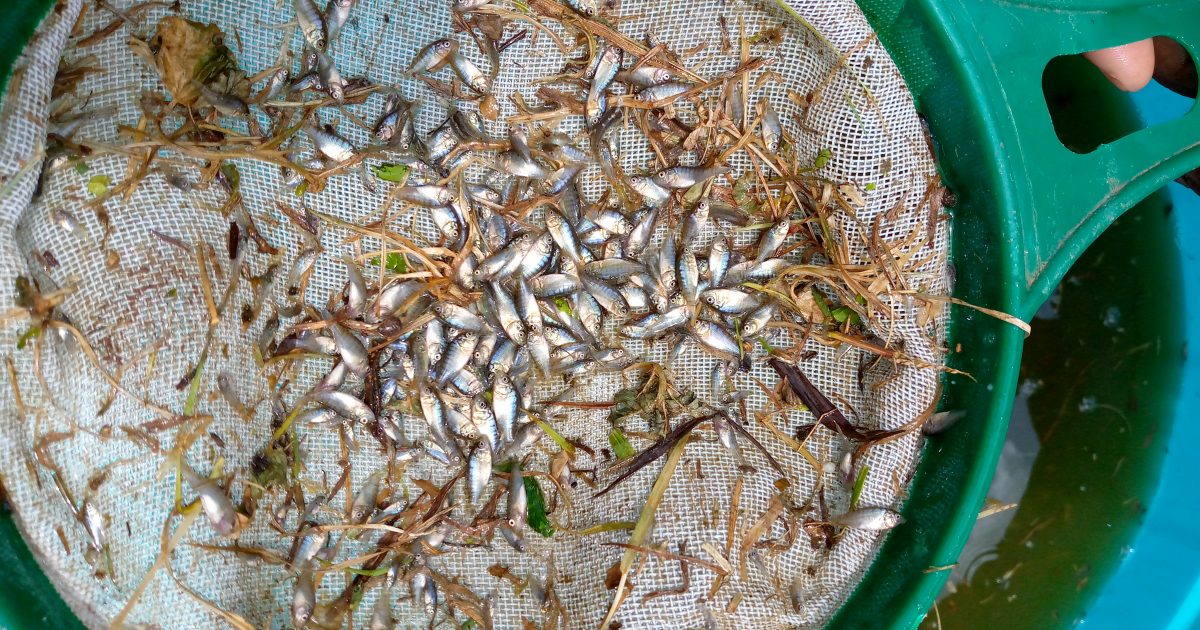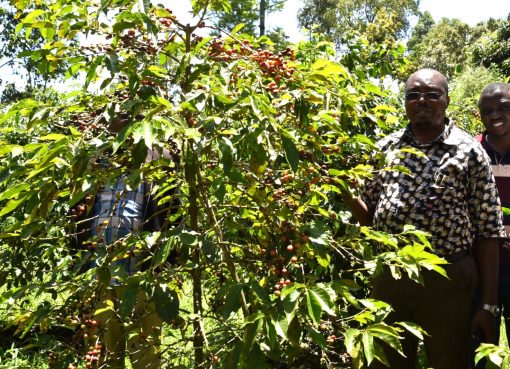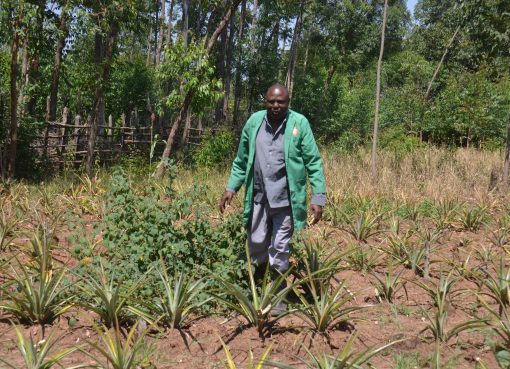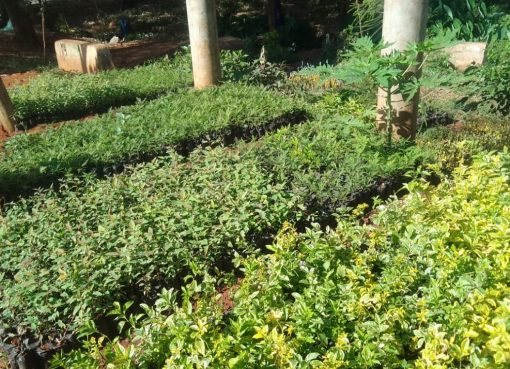Kisii County is among the counties leading in inland fishing in Kenya. It has 2,173 active farmers registered by the County Government with more than 2,300 fish ponds.
The County has heavily invested in fishing by helping aquaculture farmers through the provision of fingerlings, majorly tilapia and catfish at friendly costs.
According to the Kisii County Director of Fisheries Edwin Muga, there are two programs currently running in the county; the IFAD (International Fund for Agriculture Development) funded program and ABDP (Agriculture Business Development Program).
Funded and run by the county, ABDP is the program currently helping culture fish farmers with fingerlings. Culture fish farming is a type of aquaculture practiced in regions that are not close to water bodies.
The opposite of culture fish farming is capture fish farming that is practiced in large water bodies such as rivers and lakes.
In Kisii County there are three multiplication centers; Ogembo, Kisii town and Kebacha. These centers are responsible for the production of fingerlings and distribution to farmers from within and out of the county.
Mrs Jeritah Mayaka – the in-charge Kisii Fish Multiplication Centre, says there are several stages one must pass through before fingerlings are obtained.
She says a fish smaller than a fingerling is referred to as fry in its early stages. Fries, she added, are fed genetically modified feed that alters their sexes from female to male. Mr Edwin Muga says that this is done to ensure no overcrowding in the ponds since they are only male fish in the pond where they are modified.
Farmers only receive male fingerlings since for them, it is purely for breeding and sale, and besides, it tends to grow bigger than females hence it fetches fish farmers more money.
Kisii is among the 15 counties funded by IFAD and according to Mr Muga it has nine sub counties where culture fishing is practiced by small scale farmers out of which only five are funded IFAD program. Muga however said IFAD was set to upscale and cover all the 9 sub counties.
IFAD is an intervention-based program. They often conduct a needs assessment with the farmers so that they get to understand what the farmer needs rather than provide everything. The Director says fish farmers’ needs are diverse and range from predator nets, feeds, fingerlings, transportation and even markets and so IFAD attempts to help with individual needs.
And in an attempt to promote agribusiness in Kisii, the ABDP program is set up in such a way that they sell the fingerlings to farmers at a subsidized fee as compared to other private multiplication centers.
Mr Muga says the subsidized prices is due to the fact that the overhead cost of maintenance such as feeds is already catered for by the National Government and so they do not sell fish for profits but rather for enhancement of the Blue Economy in Kisii County.
ABDP program has also set up an intervention mechanism for needy farmers where they meet their needs half way.
During the entire process of producing fingerlings, chicken fertilizers are added to the water to make it green so as to protect fish from predators.
There is an influx in demand for fingerlings all over the county and the three multiplication centers are at times unable to meet the demand.
Muga thus encouraged farmers to produce high quantities so to cater for the huge market.
He said many organisations were helping fish farmers and so is the County Government adding both the devolved unit, and the assisting organisations were out to promote fish eat campaigns. Fish eat campaign is basically aimed to teach people on how to make more fish products including samosas.
By Bruce Odongo and Duncan Bosire





